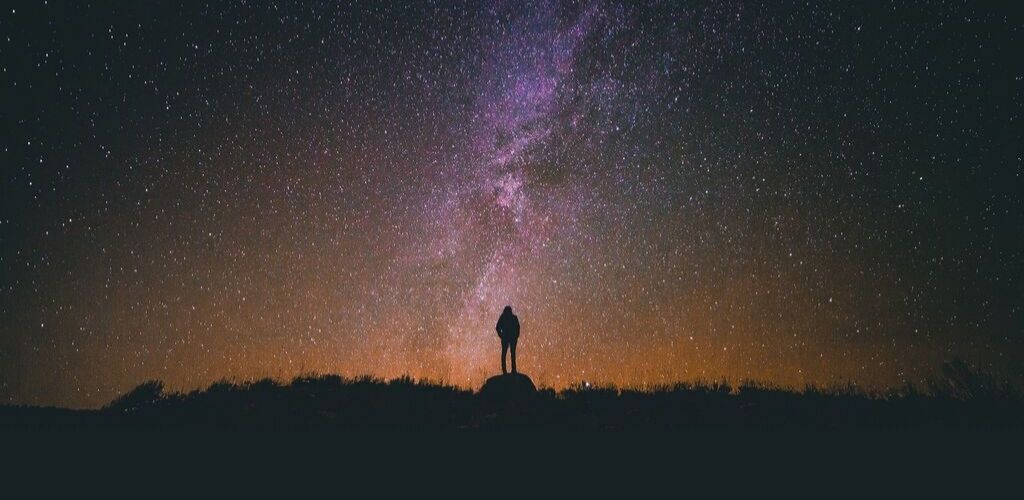
Discover and observe some of the most beautiful celestial objects in the Milky Way
Welcome to the Milky Way ! Our solar system is a part of it, but how many times have you gone outside to observe and explore it ? Just like a big city, our galaxy is full of emblematic monuments, new sites to visit, unusual places. Some of them are unavoidable to see and to photograph, as are the Colosseum or St. Peter’s Basilica in Rome, about which tourist guides are full of information.
Tourism on Earth is a booming sector, but what if space was open to tourism and we astronomers could visit the universe and observe the sky from different parts of the cosmos ? If an author of intergalactic travel guides from another galaxy visited us, which “Must-see items” of the Milky Way would he choose to observe and select ? Unfortunately, our view of the galaxy is limited and some of its regions are hidden from us. If we could travel through the solar system, the jewels presented here would surely be part of our list of must-see items !
Orion Nebula (M42)
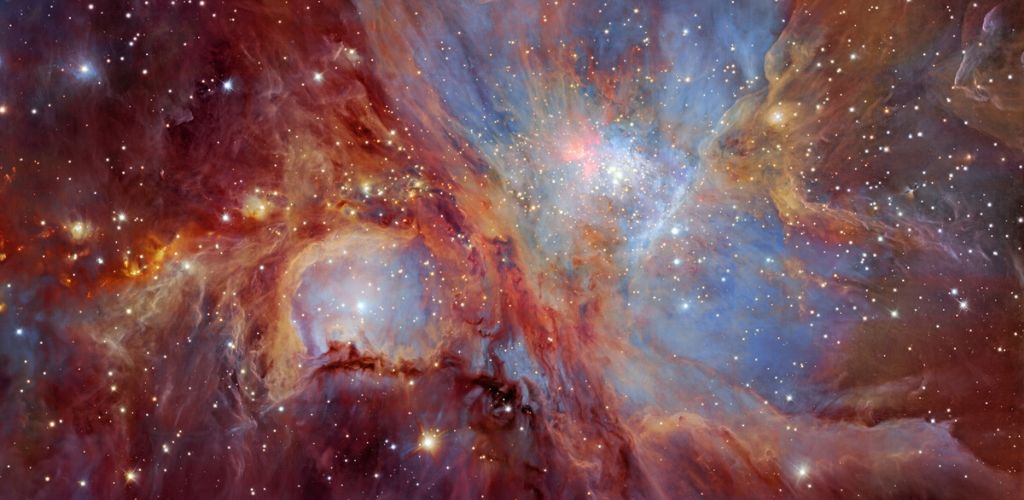
Located 1270 light years away from Earth, this cloud of gas and dust, also called the Great Orion Nebula, is a fine example of star formation. It contains within it several groups of stars in formation. The bright young stars that compose it give it its characteristic form of richly decorated bowl visible through astronomy binoculars or through a telescope. You will be able to admire by telescope, in the heart of the nebula, the four stars which form the “Trapezium”.
Jewel Box Cluster (NGC 4755)
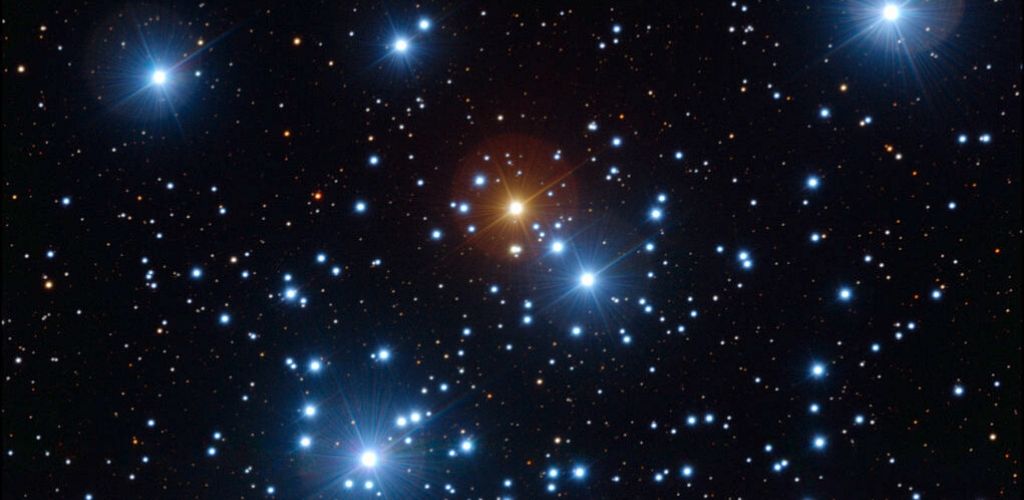
John Herschel wrote about this cluster that it looked like “a box of multicolored precious stones”. Seen through astronomy binoculars or a small telescope, this object will look like anything. On the other hand, a wide aperture telescope will bring out the multicolored bursts of stars that, according to Herschel, evoke “a superb piece of jewelry”.
Omega Centauri (NGC 5139)
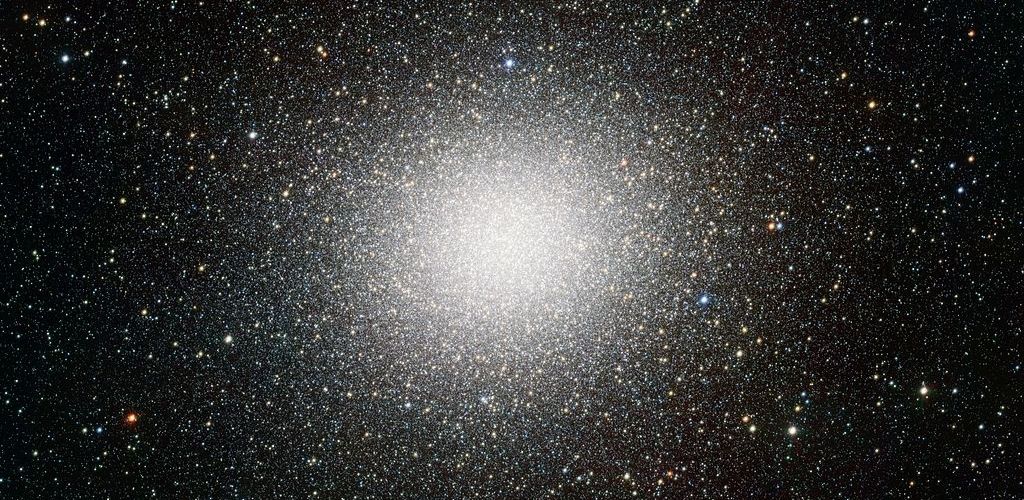
If this globular cluster is located in the margin of the Milky Way, it belongs to it because of the gravitational attraction that our galaxy exerts on it. Located about 16,000 light-years from the Sun, this dense cluster of millions of stars is the largest of its kind in the immediate suburbs of the Milky Way. It is visible to the naked eye, but if you observe it with astronomy binoculars or a telescope, you will be overwhelmed by what you will see : an “explosion” of stars, many of which can be clearly seen by a telescope.
Ring Nebula (M57)
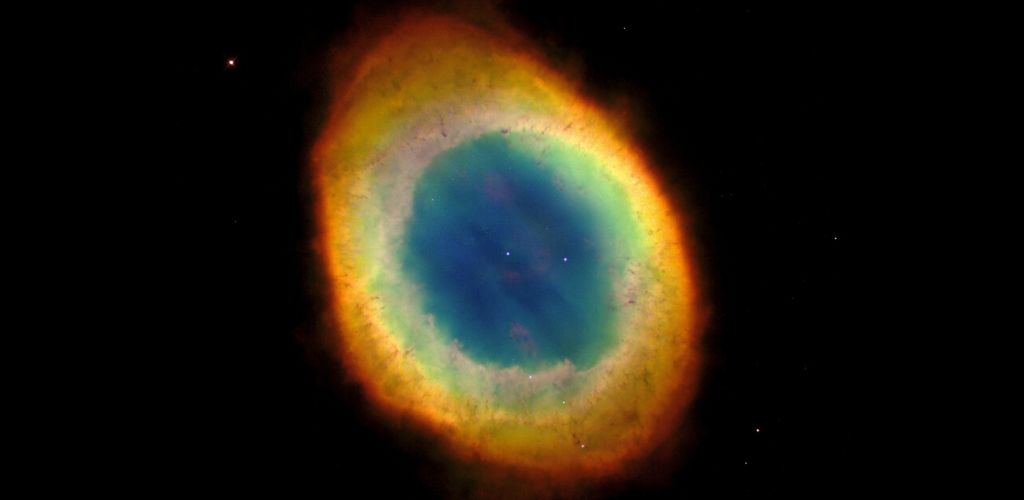
Like a round of smoke, the Ring Nebula is aptly named. To see its ring shape, you will need a telescope at least 3 inches in aperture and a low / medium magnification. It is a cloud of gas formed by a dying star that was, in its middle age, quite similar to the Sun.
Carina Nebula
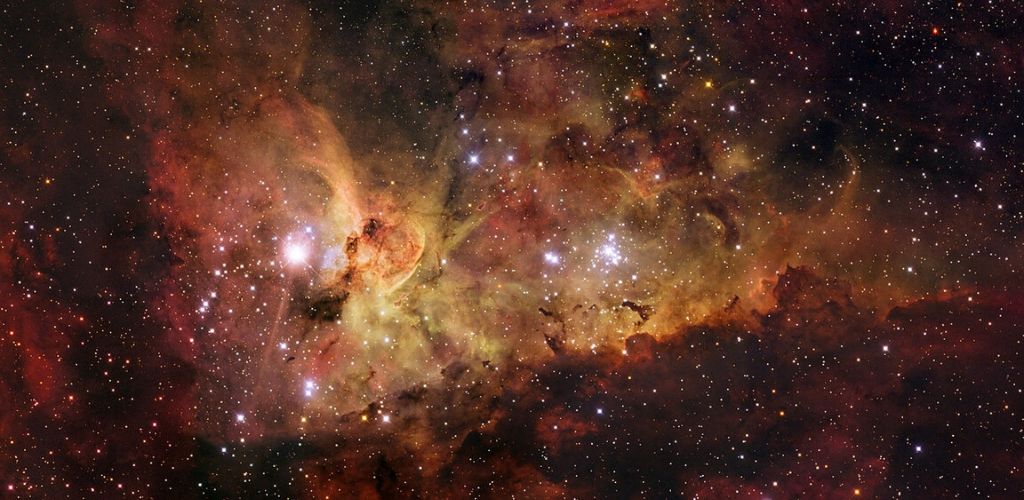
You could spend half of the holidays observing this magnificent nebula. It is several wide and complex gaseous structures that includes the Keyhole Nebula and Homunculus Nebulae, as well as one of the most impressive stars of the galaxy : Êta Carinae. This unstable hypergiant is very luminous, about 4 million times brighter than the Sun, and its powerful winds expel gas with the force of a cluster of young stars !
Double Cluster of Perseus (NGC 869 & NGC 884)
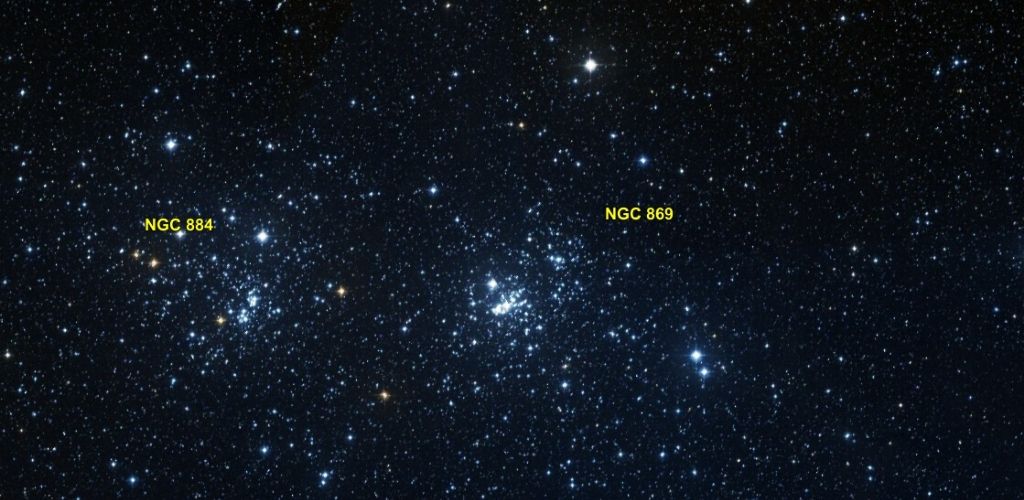
These two clusters, of different aspect, can be observed through astronomy binoculars or a large field telescope. Each of them contain several hundred very young stars (only a few million years old !). Relatively close to each other, they move in the Milky Way at the same speed. It has long been thought that the Double Cluster was only a spot of light until Sir William Herschel became more interested in it during the 19th century.
Veil Nebula
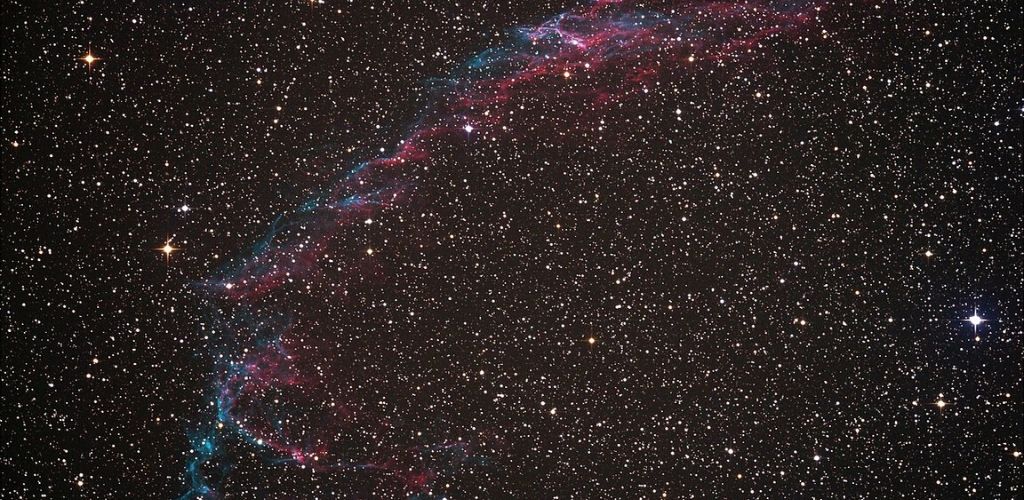
Thousands of years ago, a massive star exploded into a supernova, scattering interstellar matter far into the galaxy. It is difficult to imagine the violence of this explosion by observing this peaceful nebula. Although visible with astronomy binoculars, you will obtain a great rendering with a wide aperture telescope. However, to take advantage of this cloud that extends over a distance of 100 light-years, it is better to observe it in bits and pieces.
Pleiades cluster (M45)
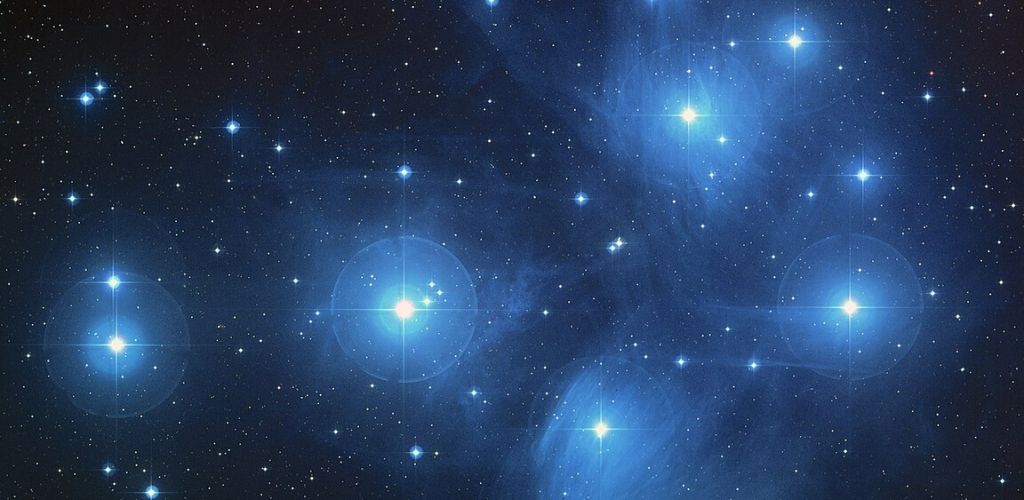
This cluster, which looks like a group of fireflies trapped in a spiderweb, can be seen with the naked eye, even in places polluted by light. This young cluster of a thousand stars has been admired since Antiquity by our ancestors who speculated on its divine nature. Nowadays, it appears to us as it was in the sky more than 400 years ago.

Image credits
- Orion Nebula : ESO/H. Drass et al., Additional Processing Robert Gendler
- Jewel Box cluster : ESO/Y. Beletsky [CC BY 4.0 (https://creativecommons.org/licenses/by/4.0)]
- Omega Centauri : ESO/INAF-VST/OmegaCAM [CC BY 4.0 (https://creativecommons.org/licenses/by/4.0)]
- Ring Nebula : The Hubble Heritage Team (AURA/STScI/NASA) [Public domain]
- Carina Nebula : ESO/IDA/Danish 1.5 m/R.Gendler, J-E. Ovaldsen, C. Thöne, and C. Feron. [CC BY 4.0 (https://creativecommons.org/licenses/by/4.0)]
- Double Cluster : Donald Pelletier [CC BY-SA 4.0 (https://creativecommons.org/licenses/by-sa/4.0)]
- Veil Nebula : David Chifiriuc [CC BY-SA 4.0 (https://creativecommons.org/licenses/by-sa/4.0)]
- Pleiades cluster : NASA, ESA, AURA/Caltech, Palomar ObservatoryThe science team consists of: D. Soderblom and E. Nelan (STScI), F. Benedict and B. Arthur (U. Texas), and B. Jones (Lick Obs.) [Public domain]